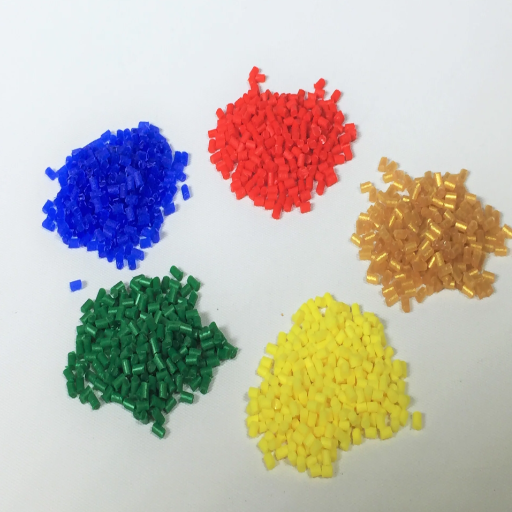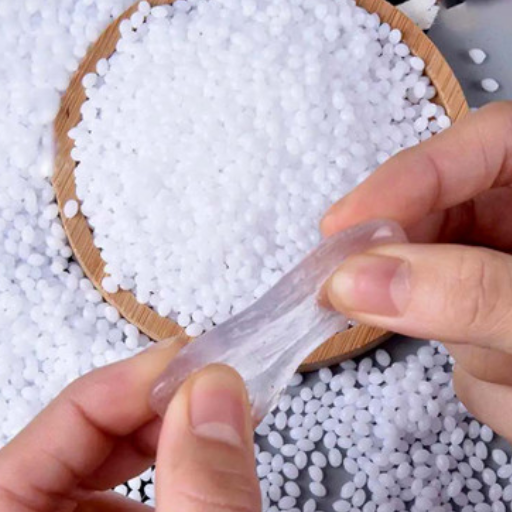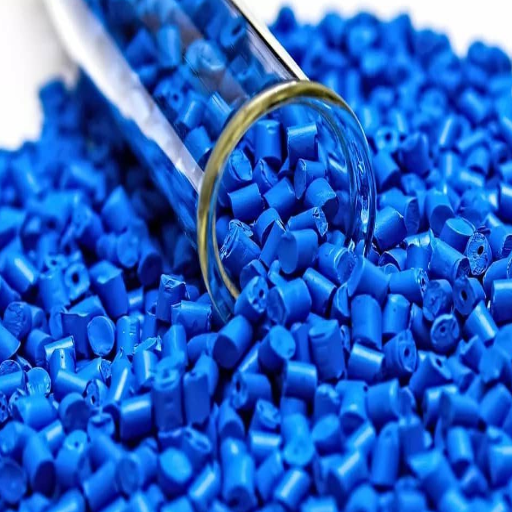Plastic is one of the most versatile and widely used materials in the world today. From packaging and construction to medical devices and consumer goods, plastic has revolutionized industries and changed how we live. However, understanding what qualifies as plastic requires examining its unique properties, composition, and diverse applications. This guide aims to provide readers with a clear and comprehensive overview of plastics, including their basic definition, types, uses, and environmental impact. Through this article, we’ll explore how plastics are classified, why they are so prominent in modern life, and what efforts are being made to address plastic waste and sustainability. By the end, readers will have a well-rounded understanding of the complexities and significance of this ubiquitous material.
What is Plastic and How is it Defined?
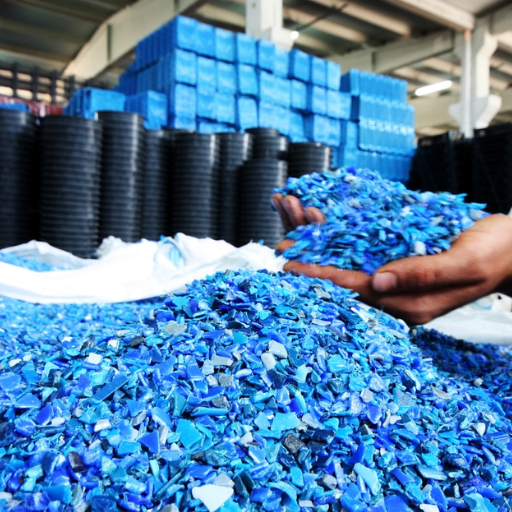
Plastic is a synthetic or semi-synthetic material made from polymers, which are long chains of molecules. These polymers are derived primarily from natural resources such as crude oil, natural gas, or biomass. Plastics are incredibly versatile due to their lightweight, durability, and moldability, making them essential in countless applications across industries such as packaging, construction, automotive, and healthcare. They can be broadly categorized into thermoplastics, which can be reshaped with heat, and thermosetting plastics, which are rigid once set. This adaptability has solidified plastic as a cornerstone of modern material science and everyday life.
Different Types of Plastic and Their Characteristics
When examining plastics, I would categorize them broadly into thermoplastics and thermosetting plastics, as these two types have distinct attributes. Thermoplastics, such as polyethylene (PE), polypropylene (PP), and polyvinyl chloride (PVC), are highly recyclable due to their ability to soften and reshape when heated. These materials are commonly used in packaging, containers, and pipes because of their flexibility and durability.
On the other hand, thermosetting plastics like epoxy, phenolic, and melamine are heat-resistant and sturdy once set, making them ideal for electronics, adhesives, and kitchenware applications. While their rigidity is advantageous, they are less recyclable compared to thermoplastics. Each type plays a crucial role in meeting the specific demands of industries, showcasing the remarkable versatility of plastic materials.
Common Plastic Materials Used in Everyday Products
Polyethylene (PE)
Polyethylene is one of the most widely used plastics globally, known for its versatility and durability. It is commonly found in packaging materials such as plastic bags, bottles, and food containers. Its lightweight and flexible properties make it ideal for applications like protective films and piping.
Polypropylene (PP)
Polypropylene is a resilient and heat-resistant plastic often used in products like reusable food containers, automotive parts, and textiles. Its strength and resistance to fatigue make it a popular choice for items requiring repeated use, such as lids, storage bins, and outdoor furnishings.
Polyvinyl Chloride (PVC)
PVC is a rigid yet adaptable plastic used in construction materials like pipes, window frames, and flooring. It is also used in medical tubing and electrical insulation due to its durability, resistance to weathering, and insulating properties.
Polystyrene (PS)
Polystyrene is a lightweight plastic commonly found in disposable cups, cutlery, and foam packaging. Its ability to be molded into various forms, including solid and foam, makes it highly versatile, although concerns about its environmental impact have spurred efforts toward sustainable alternatives.
Polyethylene Terephthalate (PET)
Known for its clarity and strength, PET is widely used in beverage bottles, food packaging, and synthetic fibers like polyester. It is a highly recyclable material, contributing to its popularity in applications where sustainability is a growing concern.
These plastics play integral roles across industries due to their unique properties, ensuring the creation of functional, durable, and practical everyday products.
The Role of Polymers in Plastic Production
Polymers serve as the foundation of plastic production, providing the essential building blocks that define a material’s versatility and functionality. They are composed of long, repeating molecular chains, which can be customized to exhibit specific properties such as flexibility, durability, or resistance to heat and chemicals. Thermoplastics like PET and polyvinyl chloride (PVC) rely on polymers that can be melted and reformed, making them ideal for various applications and recycling processes. On the other hand, thermosetting plastics use polymers that create irreversible bonds, offering enhanced strength and stability for uses like electrical components and adhesives. Understanding polymers allows industries to innovate and tailor materials to meet the evolving demands of modern applications while aligning with sustainability goals.
How Does Plastic Recycling Work?
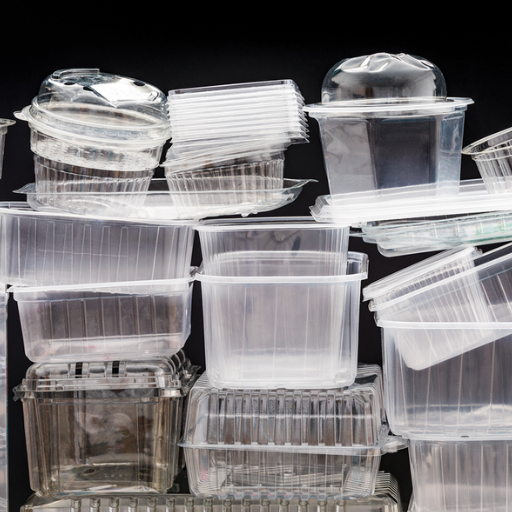
Plastic recycling involves a series of steps to convert waste plastic into reusable materials, helping reduce environmental impact. First, plastics are collected and sorted by type and resin code to ensure compatibility in the recycling process. Next, the sorted plastics are cleaned to remove impurities like labels, food residue, or dirt. Once cleaned, they are shredded into smaller flakes or melted down to form pellets, making them easier to process and repurpose. These recycled materials are then used to create new products, ranging from containers and packaging to textiles and construction materials. This closed-loop system minimizes waste, conserves resources, and contributes to a more sustainable future.
The Recycling Process for Plastic Waste
Plastic recycling is an essential process that mitigates environmental pollution by reducing the amount of waste that ends up in landfills or oceans. It saves energy compared to the production of virgin plastic and decreases greenhouse gas emissions, playing a vital role in combating climate change. Products created from recycled plastics reduce the demand for raw materials, preserving natural resources like petroleum and reducing habitat destruction.
However, the process faces significant challenges. Not all plastics are recyclable, as certain types, such as multi-layered or heavily contaminated plastics, cannot be efficiently processed. Sorting and proper disposal are critical yet often hindered by consumer confusion about recycling regulations. Additionally, recycling facilities require substantial investment, and maintaining the quality of recycled materials remains a hurdle. Addressing these challenges requires global collaboration, enhanced recycling technologies, and increased public awareness.
What Plastics are Recyclable?
Plastics are categorized by resin identification codes, typically displayed as numbers within the recycling symbol. Among these, plastics labeled with codes 1 (PET or PETE) and 2 (HDPE) are the most widely accepted in recycling programs. PET is commonly used in water bottles and food containers, while HDPE is found in milk jugs and detergent bottles. Plastics with code 5 (PP), such as yogurt tubs and straws, are increasingly being recycled depending on local facilities.
However, not all plastics are recyclable. Items labeled with codes 3 (PVC), 6 (PS), and 7 (Other) are less commonly accepted due to processing challenges and limited market demand for recycled material. These include items like plastic wrap, foam containers, and certain mixed-material products. To ensure proper recycling, consumers must check local guidelines since capabilities vary significantly by region.
Challenges in Recycling Used Plastic Products
From my research, the main challenges in recycling used plastic products include contamination, the complexity of sorting, and the market limitations for recycled materials. Contamination happens when non-recyclable items or food residues mix with recyclable plastics, making it harder to process effectively. Sorting is another issue—plastics come in many types, and identifying and separating them can be labor-intensive and costly. Lastly, some plastics, especially those labeled under codes 3, 6, and 7, have limited demand in the recycling market, making it less economically viable to recycle them. Addressing these challenges requires better consumer education, improving recycling technologies, and encouraging industries to design products with recyclability in mind.
What are the Different Types of Plastic?
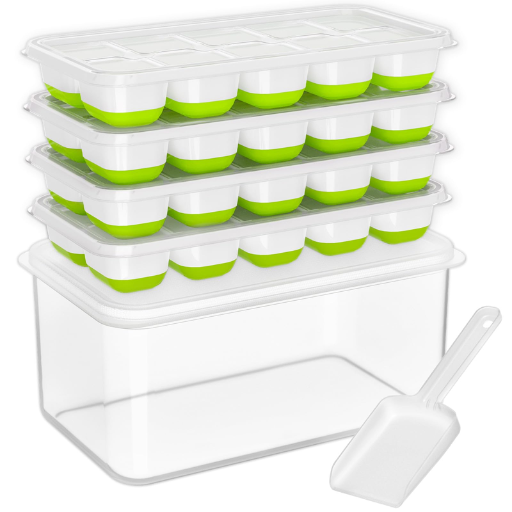
Plastics are categorized into seven primary types, each identified by a resin identification code.
Polyethylene Terephthalate (PET or PETE) – Commonly used in drink bottles and food containers, PET is lightweight, strong, and widely recyclable.
High-Density Polyethylene (HDPE) – Found in milk jugs, shampoo bottles, and cleaning product containers, HDPE is durable and recyclable.
Polyvinyl Chloride (PVC) – Used in pipes, packaging, and medical equipment, PVC is less commonly recycled due to its complex composition.
Low-Density Polyethylene (LDPE) – Found in plastic bags, food wraps, and squeeze bottles, LDPE is flexible but less frequently recycled.
Polypropylene (PP) – Used in yogurt containers, straws, and bottle caps, PP is tough and versatile but has a lower recycling rate.
Polystyrene (PS) – Common in disposable cups, takeout containers, and packing materials, PS is lightweight but challenging to recycle.
Other (often labeled as #7) – A mixture of plastics, including polycarbonate, used in products like water cooler bottles and certain food containers. This category is the least recyclable of all.
Understanding these types aids in proper recycling and informed material choices.
Polyethylene: A Versatile Plastic Material
Polyethylene (PE) is one of the most commonly used plastics globally, valued for its durability, flexibility, and versatility. It comes in several forms, with the primary types being low-density polyethylene (LDPE) and high-density polyethylene (HDPE). LDPE is soft and flexible, frequently found in items like plastic bags, cling wrap, and squeeze bottles, making it ideal for packaging. HDPE, on the other hand, is stronger and more rigid, used in products such as milk jugs, detergent bottles, and piping.
Polyethylene is widely appreciated due to its resistance to moisture, chemicals, and impact, ensuring it remains functional across a variety of applications. However, its environmental impact has been a topic of concern; polyethylene takes hundreds of years to decompose and contributes significantly to plastic pollution. Recycling PE is possible but varies in efficiency depending on its form and local facilities. Innovations in biodegradable versions and improved recycling processes are being developed to address these challenges, balancing its utility with environmental sustainability.
Understanding Polyvinyl Chloride and Its Uses
Polyvinyl Chloride (PVC) is one of the most widely produced synthetic plastics, known for its versatility and durability. It is commonly used in construction for pipes, window frames, and flooring due to its strength and resistance to environmental exposure. PVC is also prevalent in healthcare applications, including medical tubing and blood bags, as well as in consumer goods like packaging and credit cards.
There are two main forms of PVC: rigid and flexible. Rigid PVC is used in structural applications, while flexible PVC, achieved through the addition of plasticizers, is utilized in items such as cable insulation and inflatable products. However, concerns about its environmental and health impacts have been raised due to the potential release of harmful chemicals during production and disposal. Recent advances focus on recycling efforts and alternative formulations to mitigate these issues, enhancing its sustainability without compromising utility.
The Importance of Polyethylene Terephthalate in Packaging
Polyethylene Terephthalate (PET) is a lightweight, durable, and highly versatile material widely used in the packaging industry. Its primary applications include the production of bottles, food containers, and protective packaging due to its excellent strength-to-weight ratio and resistance to impact. PET is also favored for its ability to create a strong, transparent barrier that preserves the freshness of food and beverages while being both shatterproof and recyclable.
A key reason for PET’s dominance in packaging lies in its recyclability. When properly processed, PET can be repurposed into new products, reducing waste and environmental impact. Current innovations in recycling technologies focus on improving the efficiency of chemical recycling processes, allowing PET to be broken down and reused without loss of quality. This reinforces the material’s role in fostering a circular economy, making it a major asset in sustainable packaging solutions.
What are the Societal Benefits of Plastics?
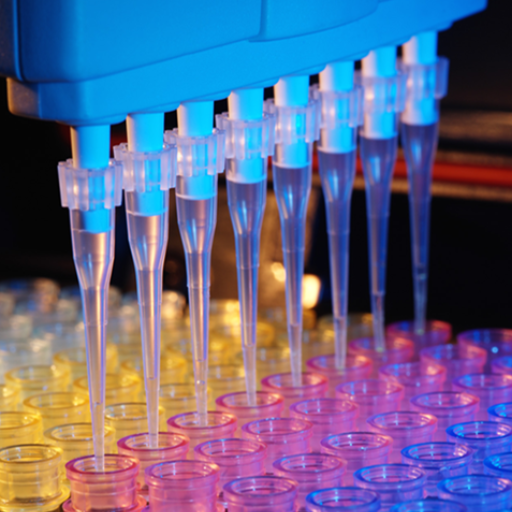
Plastics play a crucial role in modern society by driving innovation, enhancing safety, and improving quality of life. They are integral to the medical field, offering solutions like sterile packaging, surgical tools, and life-saving devices such as IV bags and syringes. Plastics also contribute to food safety by extending shelf life and reducing waste through lightweight, durable packaging. Additionally, they enable advancements in technology, transportation, and renewable energy, such as lightweight automotive parts that improve fuel efficiency and materials for wind turbines and solar panels. Despite their challenges, plastics offer unparalleled versatility and functionality in meeting societal needs.
Plastic Packaging: Convenience and Preservation
In today’s society, plastic packaging is convenient and helps preserve goods. In my view, it is essential for reducing food waste because it preserves products for a longer duration, protects them from contamination, and increases their shelf life. Moreover, its light weight adds to the durability of the product, which in turn decreases the transportation costs and energy consumption compared to heavier alternatives. Additionally, it meets various demands such as food bags that can be sealed again and other inventive designs that enhance product protection. While solving the problem of plastic waste is vital, I still defend that when used responsibly, the benefits of plastic wrappers in preservation, efficiency, ease, and adaptability are undeniable.
How Plastics Contribute to Medical Advancements
Plastics play a vital role in modern medicine by enabling innovation, improving safety, and enhancing patient care. They are used to manufacture sterile medical devices such as syringes, gloves, and IV bags, which are essential for preventing contamination and infection. Advanced plastics also allow for the creation of lightweight and durable prosthetics, increasing mobility and comfort for patients. Additionally, plastics are integral to medical packaging, ensuring the safe transport and storage of pharmaceuticals while preserving their potency. The adaptability of plastics supports breakthroughs in diagnostic tools, implants, and 3D printing technologies, paving the way for personalized healthcare solutions. With their cost efficiency and versatility, plastics will continue to drive progress in medical advancements, benefiting both healthcare providers and patients.
Environmental Impact and Waste Management Strategies
Plastics, while invaluable in healthcare and numerous industries, pose significant environmental challenges due to their durability and resistance to decomposition. Improper disposal and overreliance on single-use plastics contribute to pollution, endangering ecosystems and marine life. To mitigate this, an emphasis on sustainable waste management strategies is critical. Recycling programs, when efficiently implemented, can repurpose plastics into new products, reducing the demand for virgin materials. Innovations in biodegradable plastics and advanced chemical recycling technologies offer promising alternatives for tackling plastic waste. Additionally, education campaigns and stricter regulations can encourage responsible consumer behavior and promote the adoption of circular economy principles. By combining these approaches, we can address the environmental impact of plastics while maximizing their utility in modern applications.
How is Plastic Waste Managed?
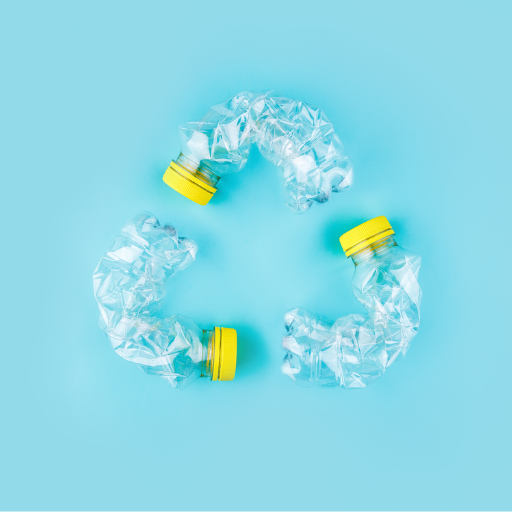
Plastic waste is managed through a combination of methods aimed at reducing its environmental impact. Primarily, this involves recycling, where plastics are collected, sorted, and processed into new materials. Incineration is another method, converting plastic waste into energy, though it raises concerns about air pollution. Landfilling remains a common practice for non-recyclable plastics, but it takes up significant space and risks soil and water contamination. Additionally, innovative techniques like chemical recycling are emerging, breaking plastics down into their basic components to produce new materials. Effective management requires a multifaceted approach involving improved waste segregation, advanced recycling technologies, and international cooperation to minimize plastic pollution.
Waste Plastic Disposal Techniques
Effective waste plastic disposal relies on a combination of techniques aimed at reducing pollution and promoting sustainability. One widely applied method is mechanical recycling, where plastics are sorted, cleaned, shredded, and reprocessed into new products. While mechanical recycling is cost-effective, it is limited by contamination and quality degradation in the materials.
Chemical recycling provides an advanced alternative by breaking plastics into monomers or other chemical components. This process allows for the production of high-quality recycled materials and can handle mixed or heavily contaminated plastics, though it remains energy-intensive and costly.
Additionally, emerging technologies like pyrolysis and gasification convert plastics into fuel or energy through high-temperature processing, offering a method to recover energy from otherwise non-recyclable plastics. These approaches complement traditional methods, but they require significant resources and infrastructure investments.
A holistic strategy for plastic waste disposal includes rigorous waste segregation systems, consumer education, and policy support to ensure sustainable practices. International collaboration and innovation will be key in addressing the global challenge of plastic waste.
The Role of Recycling Facilities in Waste Management
Recycling facilities play a crucial role in managing and reducing waste by processing materials that would otherwise end up in landfills or the environment. From my perspective, these facilities are essential for turning used items into raw materials that can be reused in manufacturing, helping to conserve natural resources and reduce energy consumption. They also contribute significantly to lowering greenhouse gas emissions by minimizing the need for new product production. However, I recognize that the effectiveness of recycling facilities depends on proper waste sorting at the source, updated technology to handle various materials, and widespread public participation.
Addressing Marine Plastic Pollution
Marine plastic pollution remains one of the most pressing environmental challenges, with millions of tons of plastic entering oceans annually. This pollution harms wildlife, disrupts ecosystems, and even impacts human health through the food chain. Addressing this issue requires a comprehensive approach, including reducing plastic production, advocating for sustainable alternatives, and improving waste management systems. Governments and organizations worldwide are implementing policies such as bans on single-use plastics, promoting recycling initiatives, and fostering innovation in biodegradable materials. Public awareness and individual action, such as minimizing plastic usage, proper waste disposal, and participating in cleanup efforts, are equally critical in combating this crisis. Collaborative global efforts can help mitigate the devastating impact of plastic pollution on marine environments and secure the health of our oceans for future generations.
References
Frequently Asked Questions (FAQ)
Q: What are commodity plastics and how are they used in everyday life?
A: Commodity plastics are types of plastics that are produced in high volumes for a wide range of synthetic applications. They are typically used in products like plastic bottles, shopping bags, and other everyday plastic items due to their cost-effectiveness and ease of production.
Q: How does plastic waste disposal impact the environment?
A: Improper plastic waste disposal can lead to significant environmental issues, as billions of tons of plastic end up in landfills and oceans. Recycling plastic through a recycling bin helps mitigate these impacts by reducing the need for new production of plastic and minimizing pollution.
Q: What is the difference between commodity plastics and engineering plastic?
A: Commodity plastics are generally used for consumer products that don’t require exceptional mechanical properties, whereas engineering plastics are designed for durability and strength, making them suitable for more demanding applications, such as automotive parts.
Q: Are all forms of plastic recyclable?
A: Not all forms of plastic are recyclable. While many plastic items, like those made of PET (polyethylene terephthalate), can be recycled, some plastics, such as certain petroleum-based plastics, are more challenging to process in recycling plants.
Q: What are compostable plastics and how do they differ from traditional plastics?
A: Compostable plastics are designed to break down into natural materials in composting conditions, unlike traditional plastics, which can persist in the environment for hundreds of years. This makes them a more sustainable alternative for reducing plastic waste.
Q: How is transparent plastic used in different industries?
A: Transparent plastic, such as polycarbonate plastic, is used in various industries due to its clarity and strength. It is commonly used for eyewear lenses, electronic displays, and safety equipment.
Q: What role does the production of plastic play in global pollution?
A: The production of plastic contributes to global pollution through the release of greenhouse gases and the accumulation of plastic waste. Efforts to produce synthetic plastic polymers from recycled materials can help reduce the environmental footprint of plastic manufacturing.
Q: Why is plastic made of recycled materials important?
A: Plastic made from recycled materials helps conserve resources and reduces the demand for new petroleum-based plastics. This practice supports a circular economy, reducing environmental impact and promoting sustainability.
Q: What questions about plastic are most commonly asked regarding its safety?
A: Common questions about plastic safety often concern the leaching of chemicals from plastic items into food and beverages, especially when heated. Understanding the properties of plastics used in food packaging can help consumers make safer choices.
Q: How can individuals contribute to reducing plastic waste?
A: Individuals can reduce plastic waste by using reusable shopping bags, properly sorting plastic in recycling bins, and choosing products made from recycled materials. Awareness and responsible consumption are key to minimizing plastic’s environmental impact.

